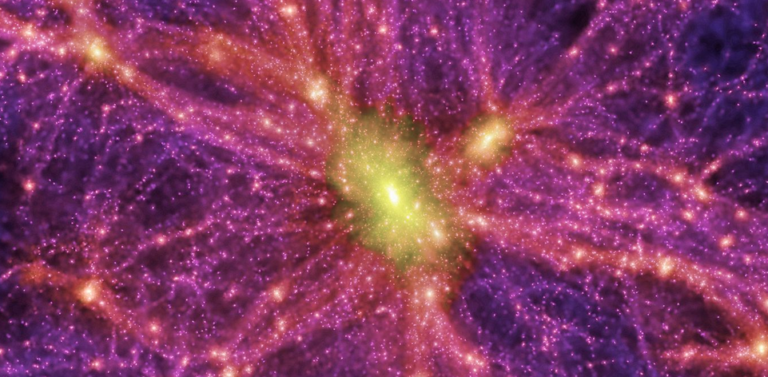Dark energy is the name given to one of the most mysterious forces in the universe. We know it exists, in part, due to the observation that our cosmos is in the process of ripping itself apart at the seams.
In the late 1990s, two teams of astronomers were out to settle a score. Cosmologists had been at odds for over a decade in their quest to measure the total amount of matter and energy in the universe. One set of observations from the early universe suggested that our cosmos was flat, meaning that it had precisely enough stuff in it to eventually glide our expanding universe to a gentle stop. Another set of observations, however, implied that our universe was open, meaning that there wasn’t nearly enough material to hold back a never-ending expansion.
Johns Hopkins SoM Professor: Covid vaccine brings higher heart risk, little benefit to young men
The two teams measured distant supernovae: dying stars so bright that they could be seen from hundreds of millions of light years away. The astronomers used those supernovae to figure out the distances to their host galaxies, and determine how quickly those galaxies were receding away from us. From there, they could build up an expansion history of the universe and figure out the total matter and energy contents of the cosmos.
Read more: Popular Mechanics
Ask me anything
Explore related questions





